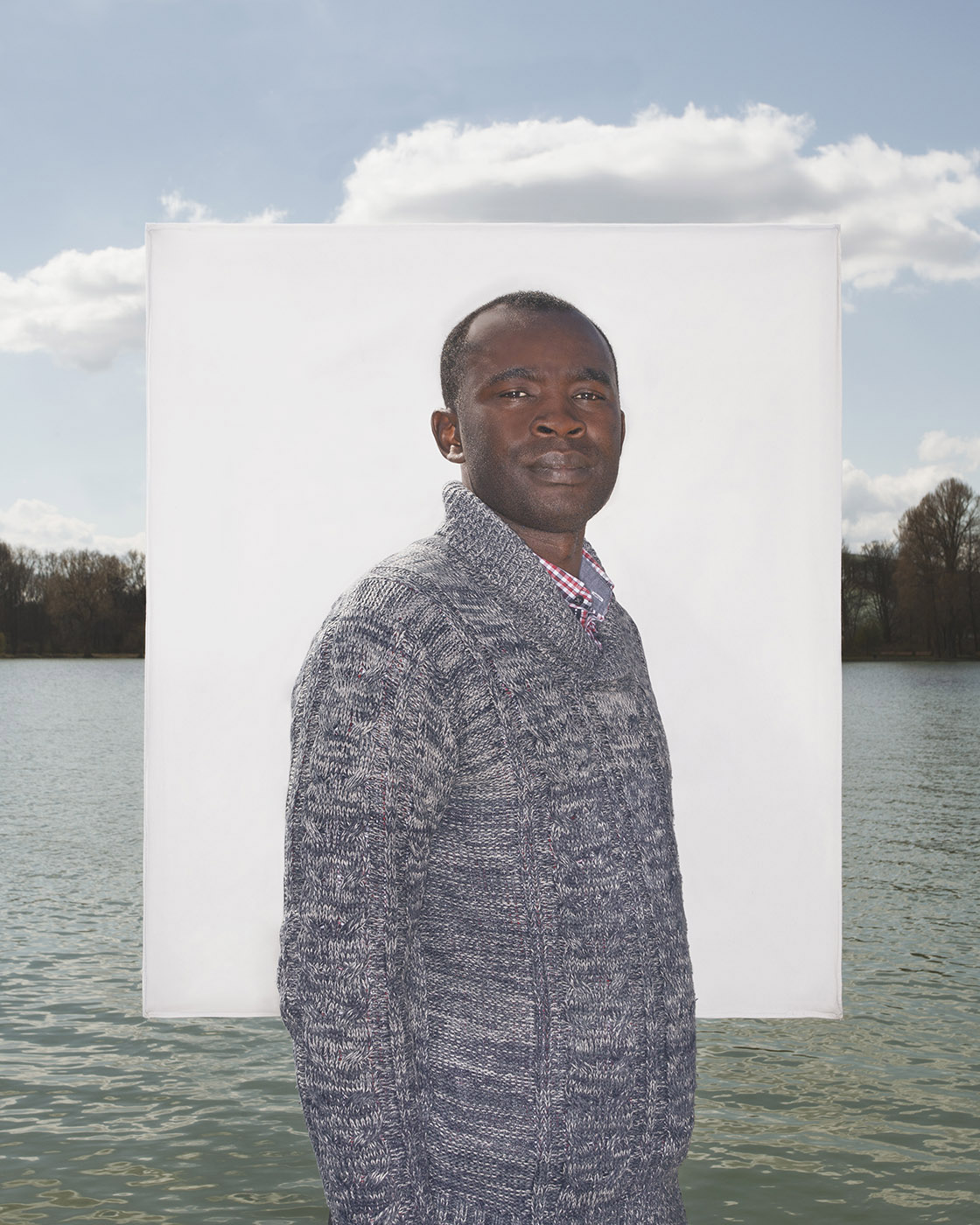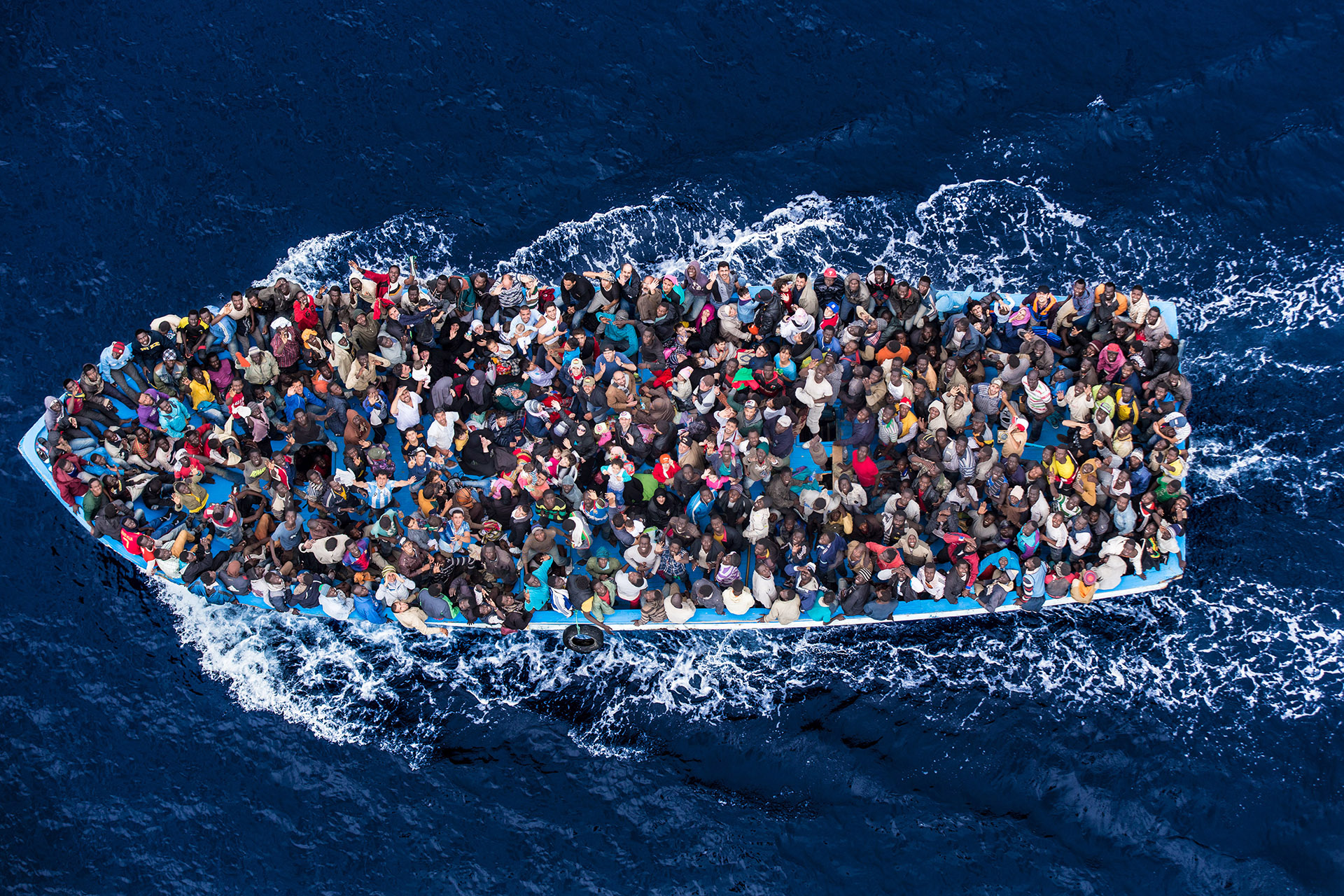PVF 2016: Homeland






The theme of the festival in 2016 was ‘Homeland’. Under that theme, the festival examined how feelings of belonging to a place and a community but also prejudices and various meanings of exclusion are constructed via photographs. The festival’s photographers addressed the theme from numerous perspectives: from border controls to people’s deportation and from those who have found a new community to people isolating themselves from the rest of society. The subjects of the works included paperless individuals, refugees, and people living in solitude in the forest.
Photographers
Miia Autio, Laura Böök, Nicoló Degiorgis, Maria Gruzdeva, Mattia Insolera, Tuomo Manninen, Kerttu Matinpuro, Sanni Seppo, Massimo Sestini, Danila Tkachenko, Katja Tähjä and Oksana Yushko.
Exhibitions
The Finnish Museum of Photography: Homeland
Stoa gallery: Hidden islam
Galleria Kontupiste: Balaklava
Helsinki city streets: One year after the parliamentary elections: what is going on, Finland?
Festival programme
- Artist talks. Festival photographers tell about their work.
- Power Shots – Can Photography Make a Change? Seminar with festival photographers
- Can art influence society? discussion with Laura Böök, Roxana Crisólogo, Heidi Hänninen, Outi Korhonen, Hende Nieminen and Timo Wright
- Film screenings at Stoa: Speed Sisters, Kuuntele, On Mothers and Daughters and Life is waiting
- #FreeWesternSahara. Western Sahara independence day celebration
- Tissit ja linssit club. Discussion on International Women’s Day
︎ Download PVF-magazine 2016 as a PDF-file (in Finnish)
Miia Autio: Called Out for the Mountains, I Heard Them Drumming




“I am interested in the connection between landscape and identity and in the idea of landscape as a component of national feeling. Therefore, I approached the theme of political refugees through landscapes. I wanted to choose as the main theme of my project something that everyone had a personal relationship with and could understand.”
Miia Autio
Photographer Miia Autio’s series tells about Rwandan refugees who have escaped to Europe and about the memories of the homeland they have left behind. Autio has photographed Rwandans in several European countries and the landscapes in Rwanda they have described.
Autio’s portraits, landscapes, and interviews with the people form a cohesive entity that considers the relationship between homeland, landscape, and identity, recognising the subjectivity of memories.
Miia Autio (b. 1986) lives and works in Bielefeld. She is a graduate of the Institute of Design and Fine Arts at Lahti University of Applied Sciences.
HOMELAND
PVF 2016The Finnish Museum of Photography
Laura Böök: Walking Rivers




“I’m interested in the possibilities of documentary photography as a way to tell about broader social changes through personal stories.”
Laura Böök
For more than two years, Laura Böök photographed the lives of Congolese families who have moved to Pudasjärvi. These families have settled in this small northern Finnish town after spending nearly 15 years in refugee camps. The flow of the Congo River has given way to the flow of the Ii River.
Böök has closely followed and documented the integration of Congolese people in Finland. Simultaneously, she has followed the changing life in Pudasjärvi, which suffers from negative net migration. The exhibition also includes studio photographs from the 1970s, taken in Congo by local photographer Flavien Boukono, who has lived in Pudasjärvi.
Most of the families photographed by Böök have moved to larger cities, for the reasons cited by other Pudasjärvi residents: work, studies, friends, or social networks. A new home has been found, and life now carries them forward.
Laura Böök (b. 1986) graduated in 2014 from the University of South Wales. She currently lives and works in Helsinki and is studying for a master’s degree in photography at Aalto University.
HOMELAND
PVF 2016
The Finnish Museum of Photography
Nicoló Degiorgis: Hidden Islam



“Hidden Islam series shows that our cultural environment is changing more rapidly than we thought. The current wave of refugees is a reminder that we must be prepared for a number of changes in European societies.”
Nicoló DegiorgisFor Hidden Islam series, Italian photographer Nicoló Degiorgis (b. 1985) has photographed spaces that Italian Muslims use temporarily for worship. Islam does not have official status in Italy, even though it is the country’s second or third largest religion, with 1.1–1.4 million practising Muslims. Officially, there are fewer than 10 mosques in Italy. Degiorgis turned his lens on the topic because of the Muslim population in his locale in northern Italy. Anthropological examination of the topic supported the photographic work.
The images from Hidden Islam series have also been published in a photography book, whose pages at first reveal only the façades of the buildings: sports halls, garages, storage buildings, and others housing makeshift mosques. Folding open each gatefold spread reveals a hidden reality of worshipers assembled in the building.
HOMELAND
PVF 2016The Finnish Museum of Photography










